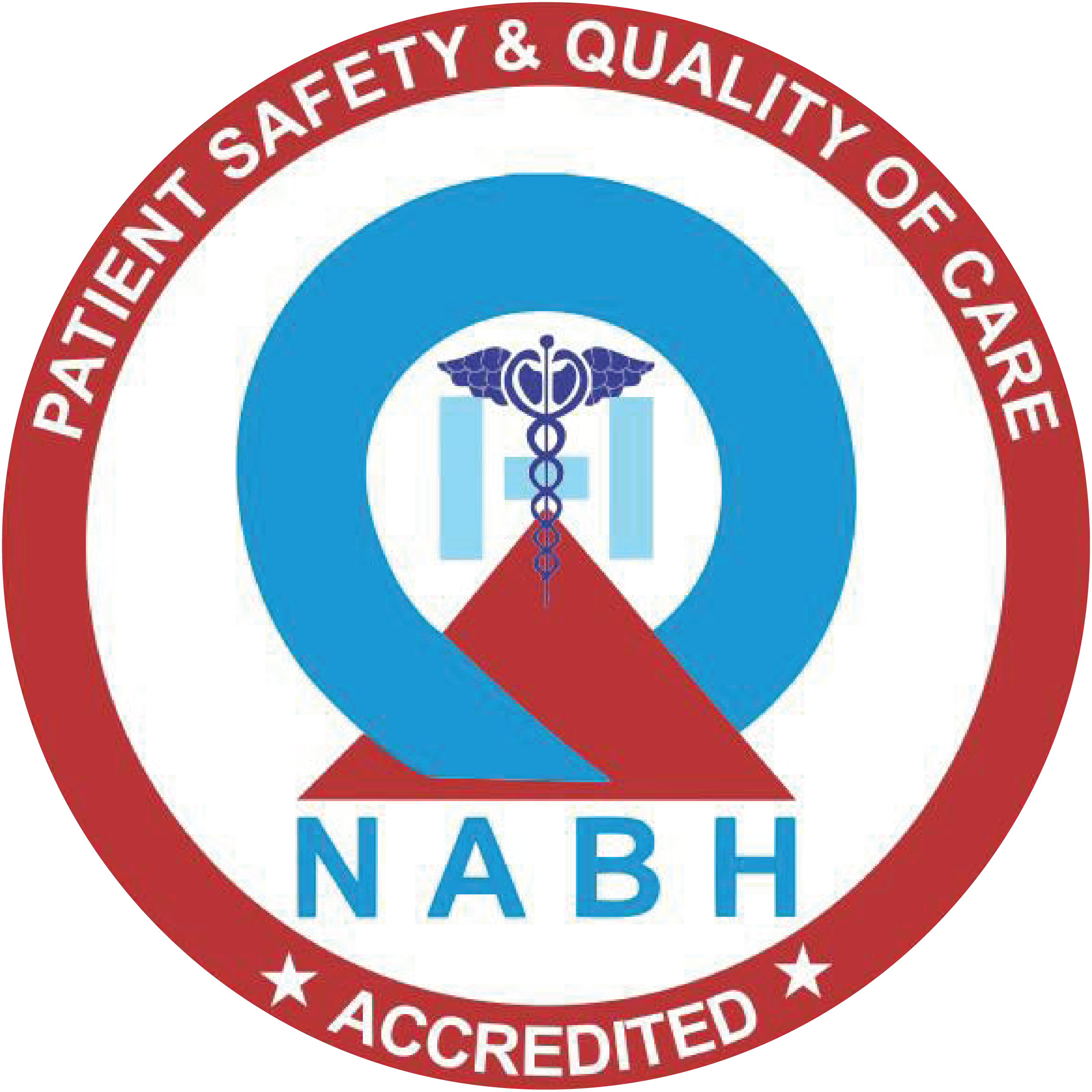What is a heat boil? A heat boil is a skin infection that begins in a hair follicle or oil gland. Usually the area of the infection turns red and a tender lump is formed. Thereafter in four to seven days the lump starts to turn white due to the formation of pus that collects inside it.
Heat boils commonly affect hairy area, the face, neck, armpits, shoulders and buttocks. It can also form on the eyelid when it is called a sty. If it is a single boil it is common but if several boils appear in a group, it is a bit serious and the infection is called a carbuncle. It is usually in diabetic.
What causes boils?
Boils are mostly caused by a bacterium called staphylococcal bacteria. The bacteria enter the body through tiny lesions and cuts on the skin. It then travels down the hair to the follicle on the skin.
Who are at risk to get boils?
Certain health problems make people more susceptible to get boils and skin infection. The diseases are diabetes, problem with immune system, poor nutrition, poor hygiene and exposure to harsh chemicals or irritants that affect the skin.
What are the symptoms?
The symptoms of a heat boil can be varied. First the boil starts as a hard, red, painful lump on the skin. After a few days, the lump becomes softer, larger and more painful. Then pus gets formed on the top area of the boil. The signs of skin infection due to the boils include the boil turning red, painful, warm and swollen. Later more boils may appear around the original one, there may be a fever developing and the lymph nodes get swollen.
What are the treatments?
Home remedies:
Home remedies does not apply for diabetic patients. First you can try some home remedies to treat the boil and if it is successful soon you may get rid of the infection.
Soak the boil in warm water using a warm compress with a towel. This will reduce the pain considerably and allow the pus to come to the surface. Once the pus reaches the surface of the boil it will get ruptured due to continuous soaking. This can be tried within 10 days of the boil’s appearance.
Once the boil starts draining of the pus, wait for some time and wash it with an anti-bacterial soap until all the pus is gone. Then softly wipe the area with rubbing alcohol.
Apply a medicated ointment mainly a topical antibiotic. Then bandage the area properly. You should continue to wash the area two or three times a day and use warm compress until the would heals.
Medical treatment:
If you feel that the boil is not healing and the infection is serious, then additional tests are required and you should consult your doctor. The doctor will prescribe antibiotics if the infection is severe. The boil is drained properly and culture will be done to determine the type of bacteria causing the infection and then suitable antibiotic is prescribed by the doctor.
How to prevent boils?
There are few steps you should take to avoid getting heat boils.
- Take care of hygiene by washing clothes, bedsheets and towels of a infected person
- Clean and treat minor skin wounds promptly
- Practice good personal hygiene
- Protect your skin and take proper diet
- Try to remain healthy and increase your immunity


